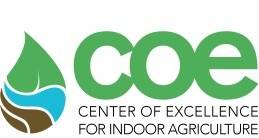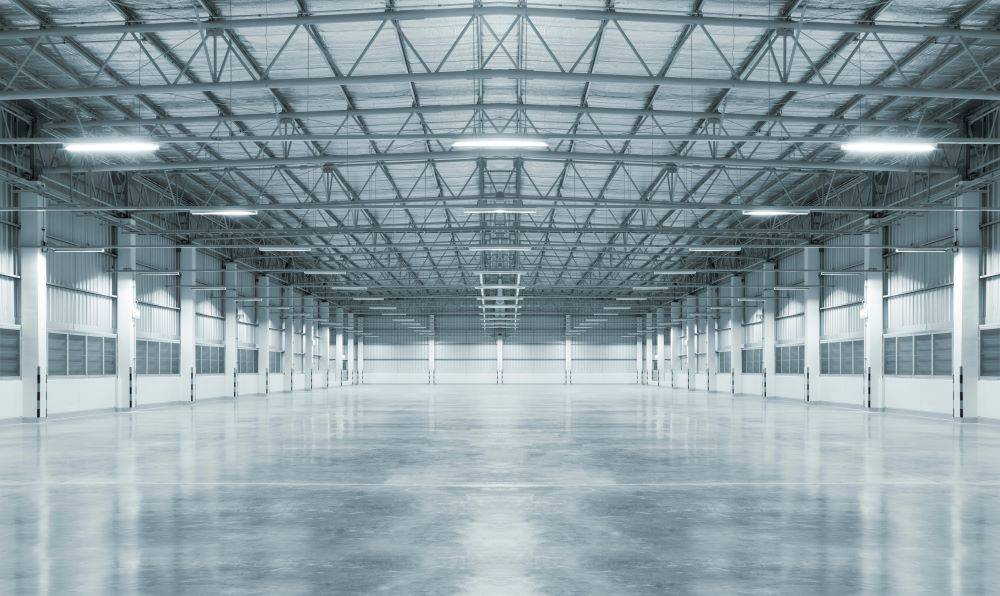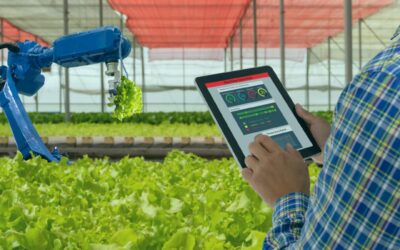by Erika Summers, Guest Industry Expert
So, you want to build a vertical farm or are thinking about it?
In an industry sometimes referred to as the “wild west” of agriculture, once you have decided to commit to building an indoor farm, planning and implementation can feel daunting at best. There are many aspects to building a vertical farm that need to be considered from financial modeling, to building the facility, to developing operation and food safety standards, to planning offtake, to developing vendor relationships. Building a team of experts who have experience in this area is also critical to give any project a fighting chance of being successful.
For the sake of narrowing the scope of this article, I am going to discuss the high-level considerations for retrofitting a building for a vertical farm. Picking the right building is extremely important to ensure success and you can retrofit any building to be a vertical farm as long as the cost is not prohibitive. I have broken this high-level overview down into five basic sections: the building structure, power, water, regulations and team-building.
Pick a Building with Good Bones
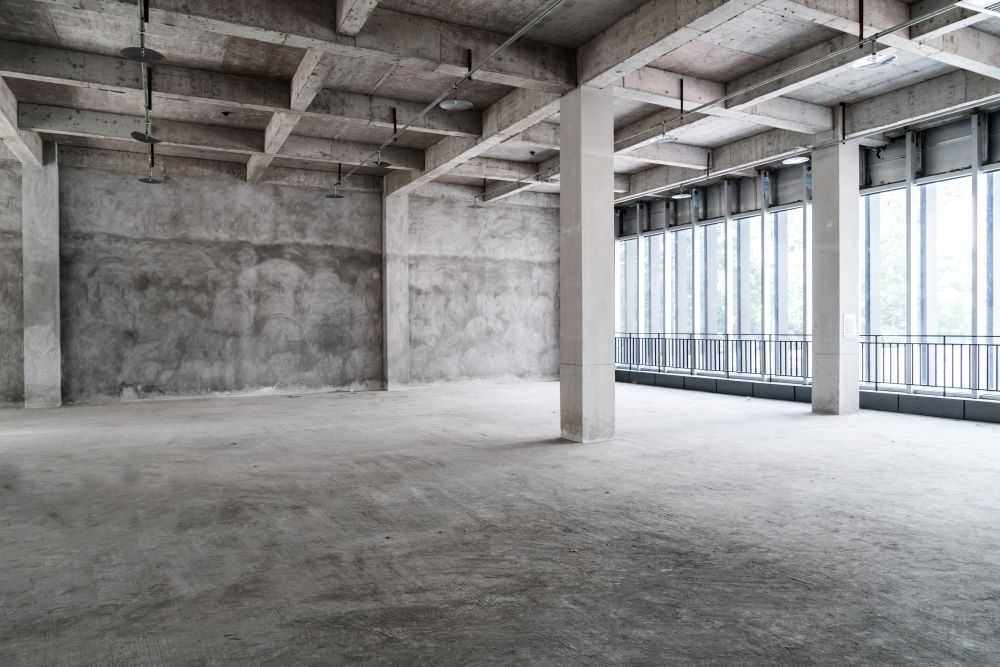
First and foremost, the basic infrastructure or the “bones” of the building are critical. The building needs to have a solid concrete foundation that can support the weight of everything that will go in the facility. Grow equipment, water, plants, people, mechanical equipment, stored material, and any other ancillary things that go in the farm can quickly add up to a lot of weight. Understanding this weight load is even more important, especially if a farm is intended to be above the ground. Adding structural reinforcement to a building can incur high capital costs and can limit the size of an operation.
The building needs to have sturdy, well enforced, insulated exterior walls that can mitigate the impact of changing weather conditions. This is especially important in locations that have more extreme temperatures because if the exterior walls are not properly insulated, they can add heat to the facility in the summer or become a wet condensate mess of a surface in the winter.
The roof is also very important because that tends to be where the mechanical HVAC equipment is located and again where temperature differentials from the exterior can affect the building. The ideal roof is flat (for supporting equipment), well reinforced (please watch out for wooden trusses they are not as structurally capable of baring weight), and well insulated. Mechanical HVAC equipment can be placed in the exterior perimeter of the building, but the extra duct work adds cost and extra distance reduces the efficiency.
Power Your Farm
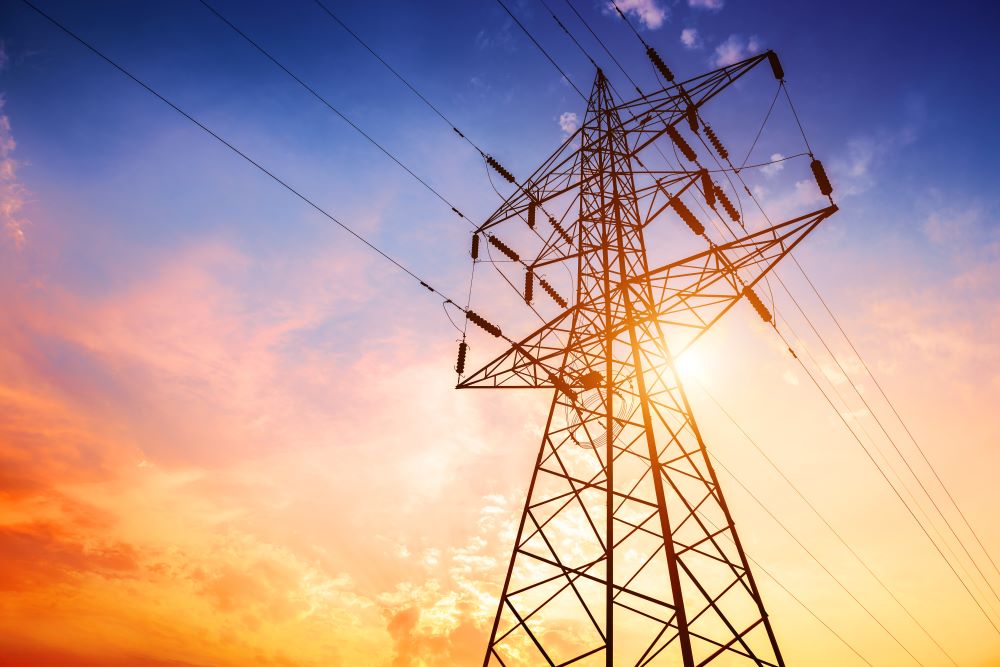
The next consideration is the power available for the facility. Lights, HVAC equipment, and all other mechanical equipment necessary in the farm requires a considerable amount of power, which is more then your standard warehouse building. Power upgrades can be costly, but also because of supply chain issues, lead times for upgrading transformers and other necessary components in some locations have gotten much longer. Start conversations with your local power provider as soon as possible to be able to plan for increased lead times to ensure project timelines can be planned out properly. Another thing to watch out for is (if the building is not a stand-alone unit) whether upgrading the power for your facility means that you also must upgrade the panels for any adjoining spaces. If that is not confirmed upfront, that could result in considerable added cost.
Irrigate Your Farm with Quality Water

The next issue is the water supply to and from the building. Understanding how much and how fast the water supply flows into the building provides insight for planning if things like storage tanks are necessary to ensure that the facility has an adequate supply. This supply not only encompasses the growing cycles but also cleaning. Cleaning (especially if any tray washing equipment is utilized) can be very water intensive and not having enough supply can greatly reduce labor efficiency. It is also important to understand what your local water municipality will allow you to dump down the drain. Some water municipalities are not stringent while others may require detailed information of what you are adding to that water before it goes down the drain and may require that you treat or clean the water before it is dumped.
Don’t Neglect Permitting & Regulations
Fire and seismic regulations are a bit different than the basic constructs of a building but are important things to consider when retrofitting or building a new facility. Fire suppression systems and related equipment must be up to code, which varies depending on the local jurisdiction. Adding a fire suppression system can be a large expense that should be planned for during renovations. Sprinkler heads often require clearance to ensure they have adequate coverage of the building. Nothing hurts more than having the fire marshal tell you that your racks do not meet clearance requirements. This also holds true (especially in California) for seismic reinforcement. Ask about these requirements early in the process to ensure that your general contractor is taking compliance into account and that you aren’t blindsided when you are trying to get past the final inspection. Another compliance regulation to be mindful of is building-use permitting. Typically, retrofitted buildings are not in areas zoned for agriculture. Before you secure the building, make sure that your commercial real estate representative ensures that the building can attain a special-use permit that includes agricultural use.
Build a Great Team That Learns

Building an indoor farm requires a team effort. Find people who are humble and talk more about the lessons they have learned rather than future promises. This industry is still in its infancy, but it is mature enough to have people that have made or seen mistakes firsthand, and learned from them. Build a team with a strong grower, an engineer, a business person and an operations manager. Hire consultants to solve specialized problems and to address questions that you haven’t considered. Qualified professionals can find answers not readily available through their networks.
Finally, be open. The only way that we can grow the indoor farming industry is if we all learn together.
To Learn More….
The Center of Excellence for Indoor Agriculture (COE) invites industry experts to share their knowledge and insights related to greenhouses and indoor vertical farms. Erika Summers is a mechanical engineering consultant with several years of experience in Controlled Environment Agriculture (CEA). She specializes in site evaluation, building and operation planning, and HVAC mechanical systems for vertical farms. She is currently located in Las Vegas, NV.
The Center of Excellence helps entrepreneurs from start to finish and all stages in between. We can help you refine your ideas and build a plan. We also can help you review your designs and the accompanying technologies. Established companies can benefit from our sustainable operations assessment services, workforce training expertise, and research capabilities.
